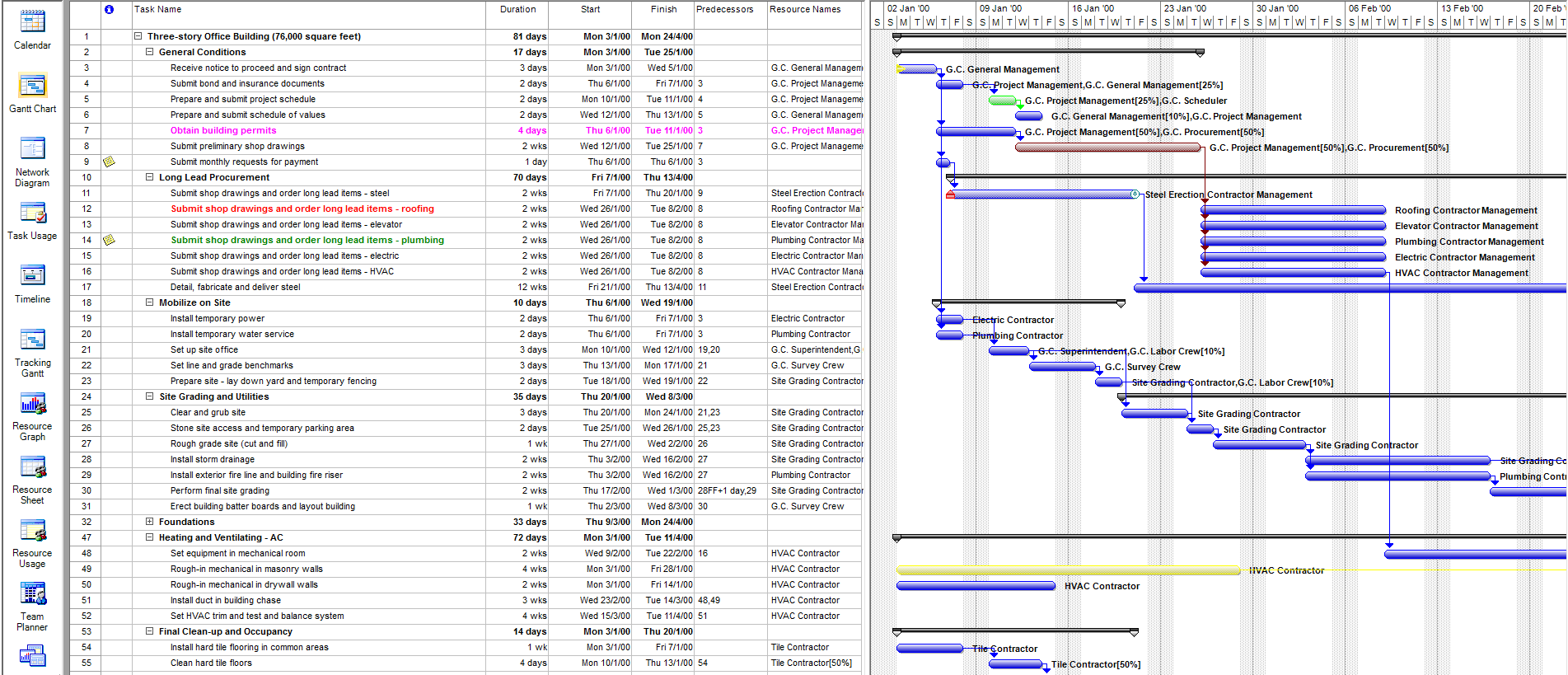

Also, considering Saturday and Sunday as non-working days, the end date is auto-validated as 3 April 2019.ĮndDate = new DateTime(2019, 07, 28), // This is end of parent record. Here the EndDate value in dataSource is on 2 April 2019, yet the taskbar is rendered up to 3 April 2019 since the duration is only four days. Let’s see some examples that clearly explain this mode. These validations are based on child task duration and data value mismatch.Īuto-scheduling mode decreases the time spent planning tasks. With auto mode, tasks in the Gantt Chart are validated for their start and end date values. Syncfusion’s Blazor Gantt Chart is more convenient to handle and add information to. The Gantt Chart control provides different ways to schedule a task to meet any requirement: Gantt charts allow you to set accurate deadlines.

Using a Gantt chart is like putting a bridge between your initial project plan and its execution.

Scheduling tasks is key to forecasting the completion of a project and enhancing communication with a team. Gantt Chart Displaying Scheduled Tasks and Their Progress How does scheduling tasks help project planning? Apart from individual task progress, you can also look at a task’s contribution to the completion of a parent task. They also allow you to view a project’s start and end dates along with the progress made. Gantt charts show what work is scheduled on a specific day.

In this blog, I’ll talk about the task scheduling and marker features of Syncfusion’s Blazor Gantt Chart. Gantt charts help us to automate this process to support more advanced requirements, like creating task dependencies, adding milestones, or identifying the critical path of a project plan. Once computers introduced new ways of working, project managers found they could save time creating and updating their Gantt charts. The Syncfusion Blazor Gantt Chart is a project management tool that provides a Microsoft Project-like interface for scheduling and managing projects. BoldSign – Electronic Signature Software.


 0 kommentar(er)
0 kommentar(er)
